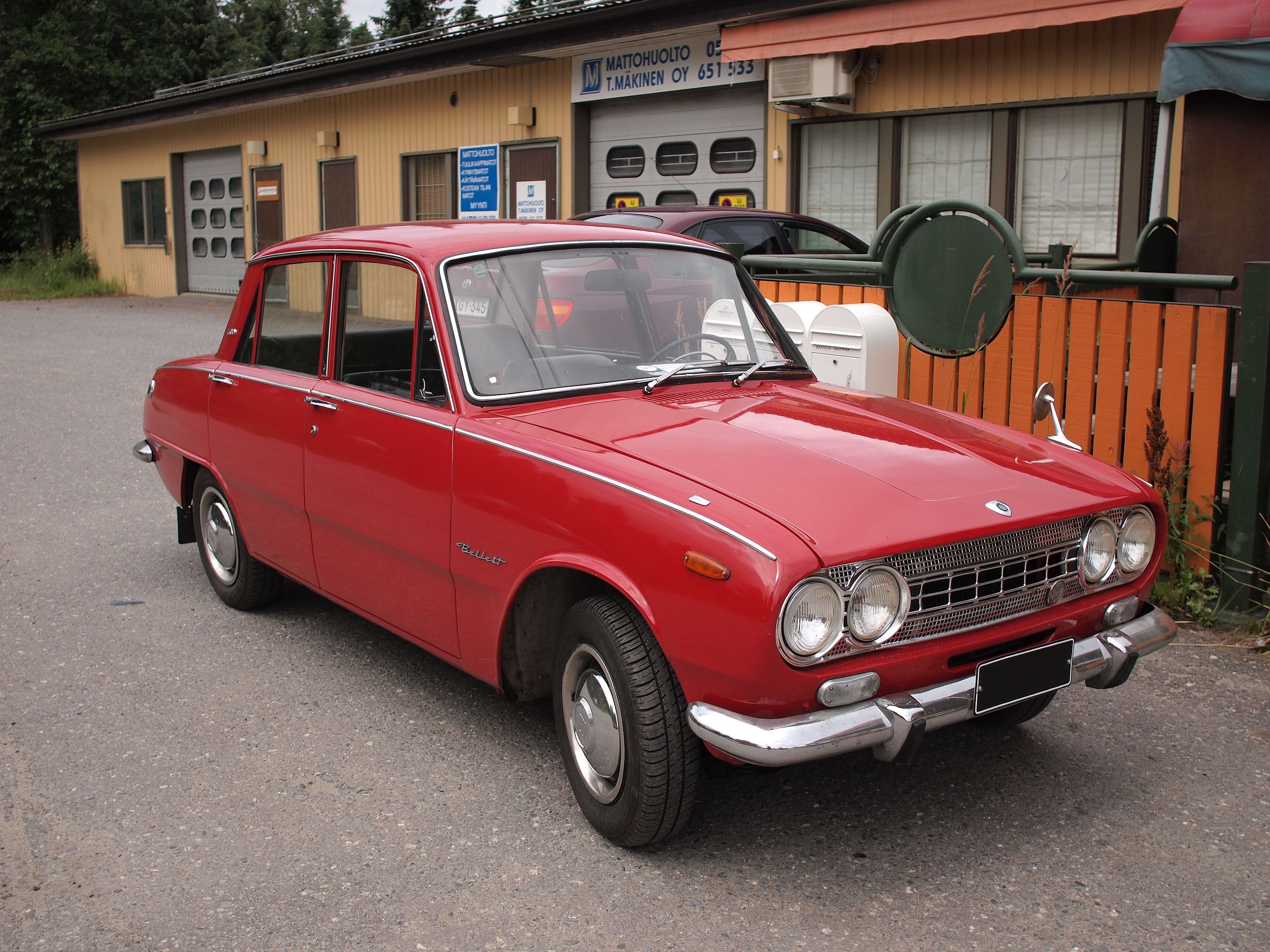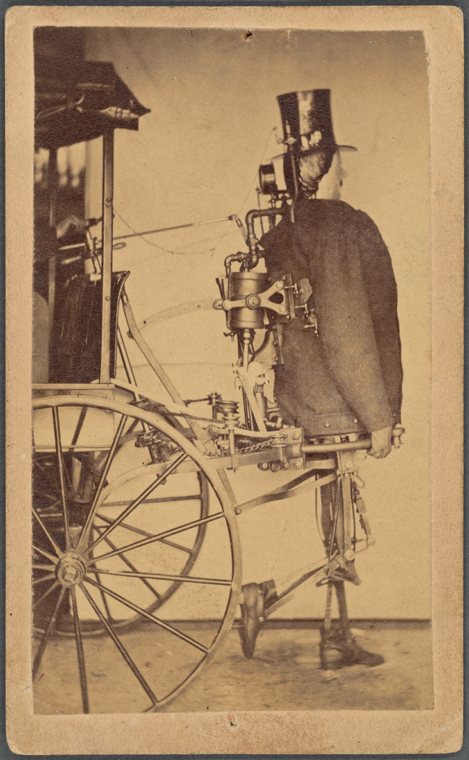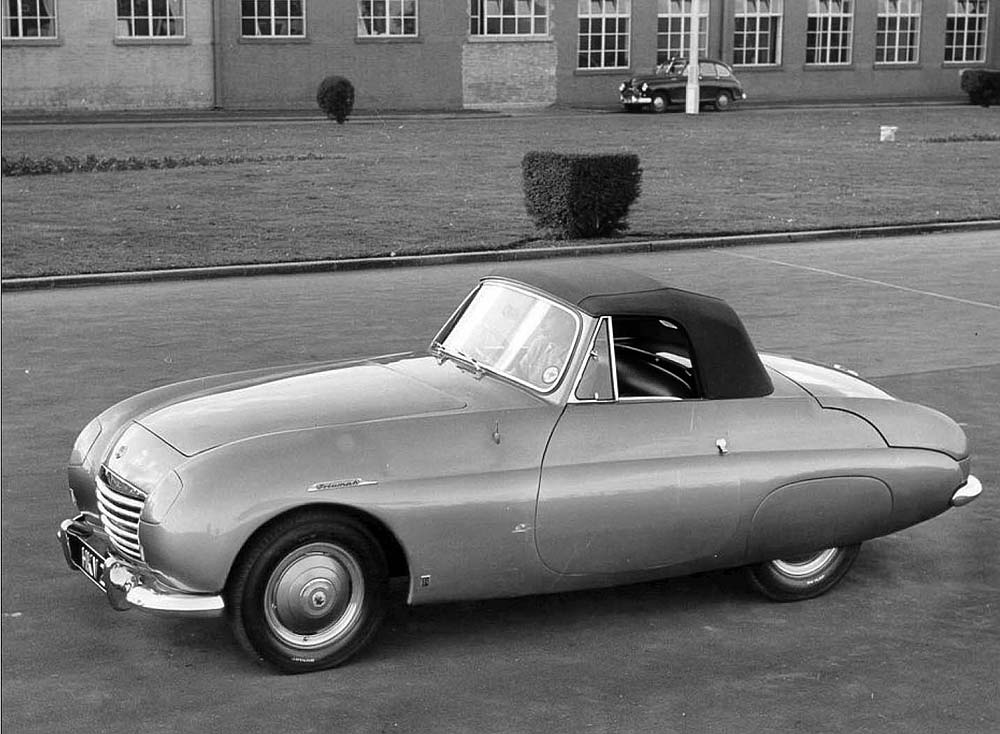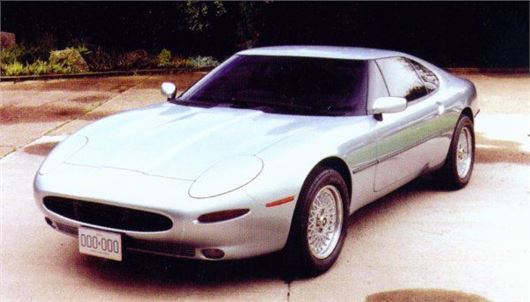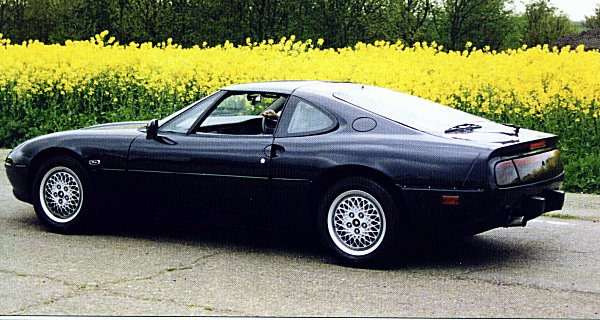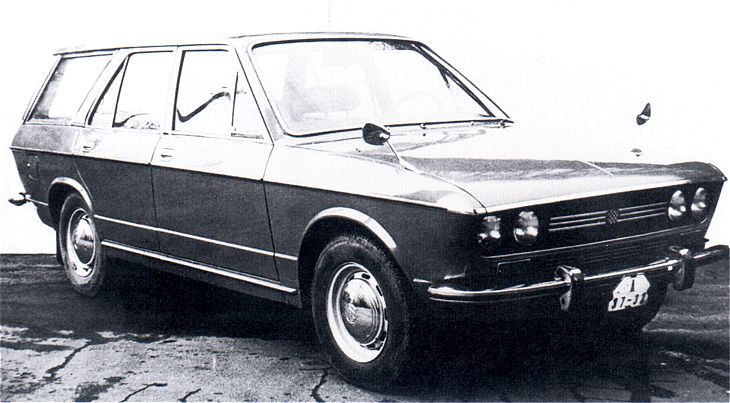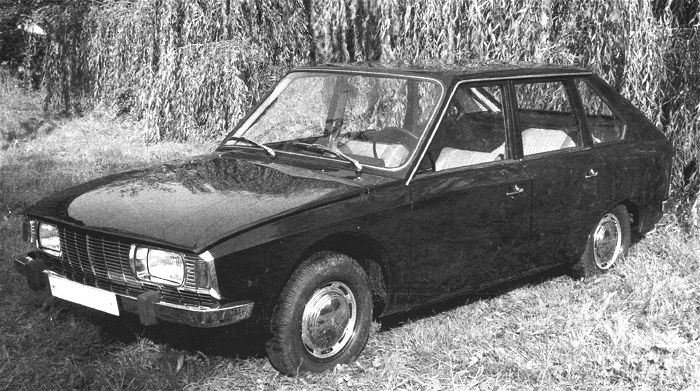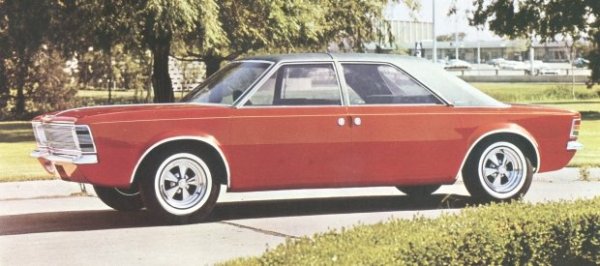In a neutral/allied Italy scenario it seems Fiat had plans to develop a replacement for the Fiat Topolino called the Fiat 400, a 4-door 4-seater Fiat 700 project (the latter allegedly planned to feature an all-alloy 22 hp 735cc OHV engine with the only 700 prototype shown below being a 2-door model) and other projects such as the Fiat 1900 with both the Fiat 400 and Fiat 1900 projects being destroyed by a bomb in the night while they were being moved around for more development work during the war.

The Dante Giacosa PDF mentions the above as well as the following Italian language articles below (that deserves wider exposure along with an accurate English translation).
Part 1 - http://www.retrovisore.it/i-prototipi-fiat-degli-anni-40-parte-1/
Part 2 - http://www.retrovisore.it/i-prototipi-fiat-degli-anni-40-parte-2/
Another Article - https://www.michelemoraglio.it/fiat-700fiat-600-seconda-guerra-mondiale/

The Dante Giacosa PDF mentions the above as well as the following Italian language articles below (that deserves wider exposure along with an accurate English translation).
Part 1 - http://www.retrovisore.it/i-prototipi-fiat-degli-anni-40-parte-1/
Part 2 - http://www.retrovisore.it/i-prototipi-fiat-degli-anni-40-parte-2/
Another Article - https://www.michelemoraglio.it/fiat-700fiat-600-seconda-guerra-mondiale/


